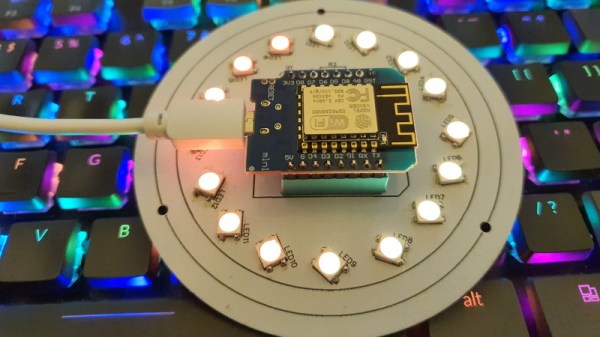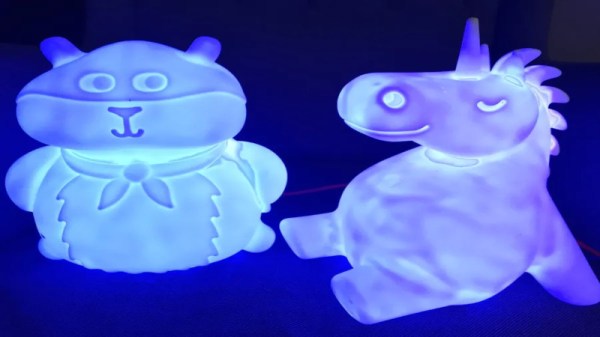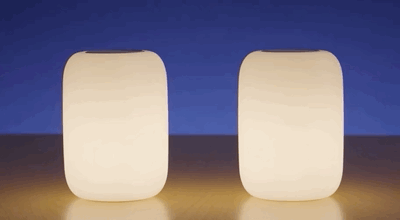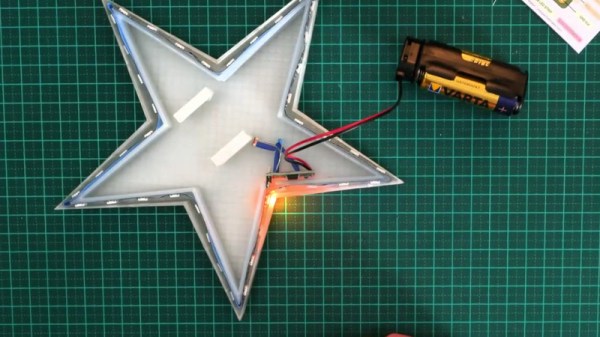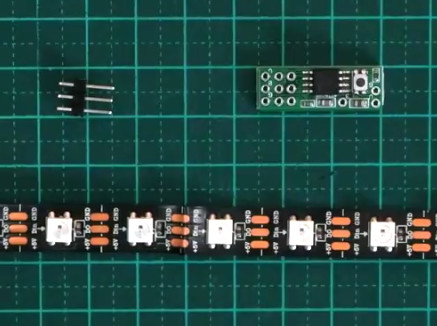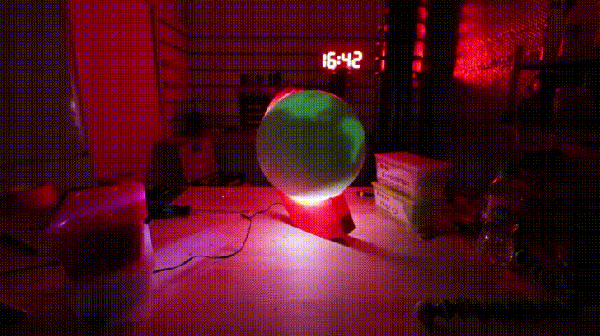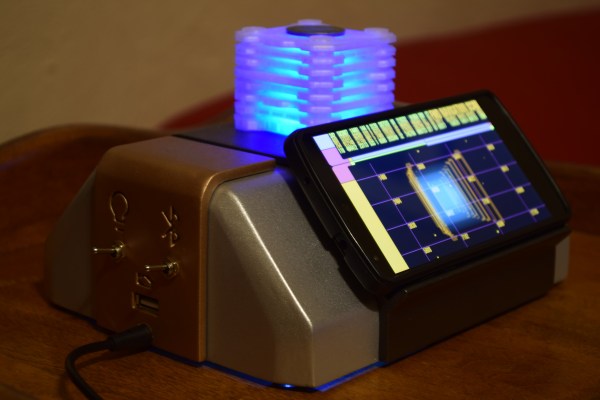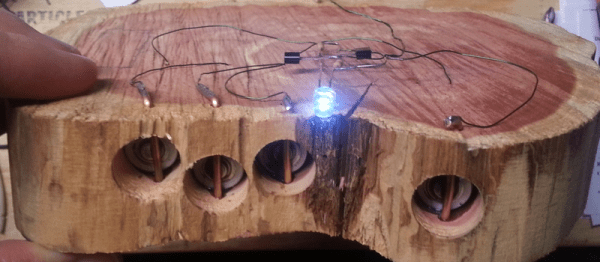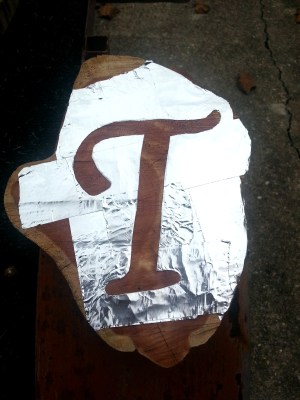It’s easy to spot recent parents, they are the people who look as though they haven’t slept in months. Sometimes the little bundle of joy responsible isn’t even a babe in arms but a toddler; old enough to wake up and find their parents for some solace but not old enough to understand that not everyone is up for being woken at 3 am. [Eyal] approached this problem in some style, by modifying a rabbit night light to indicate the time by changing colour, reminding the youngster when it’s a bit early to be rousing the grown-ups.
The bunny in question is a plastic moulding, sold with a white LED providing illumination, This was removed, and replaced with a rather nice custom PCB sporting a ring of addressable LEDs surrounding a Wemos ESP8266 board. In the darkest hours of the night, it is lit as a soft red to indicate sleep time. When an appropriate wake-up point is reached it bursts into a vibrant light show of many colours. Thus the recalcitrant early-riser can be taught to give Mum & Dad a little rest through the medium of light and colour.
This isn’t the first kids night light we’ve seen, indeed some of them have been rather elegant.

